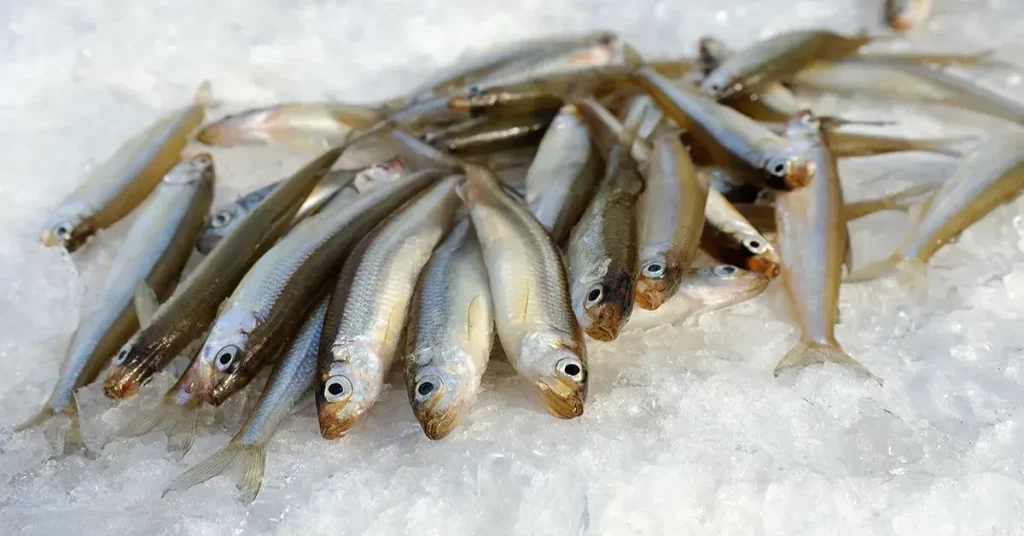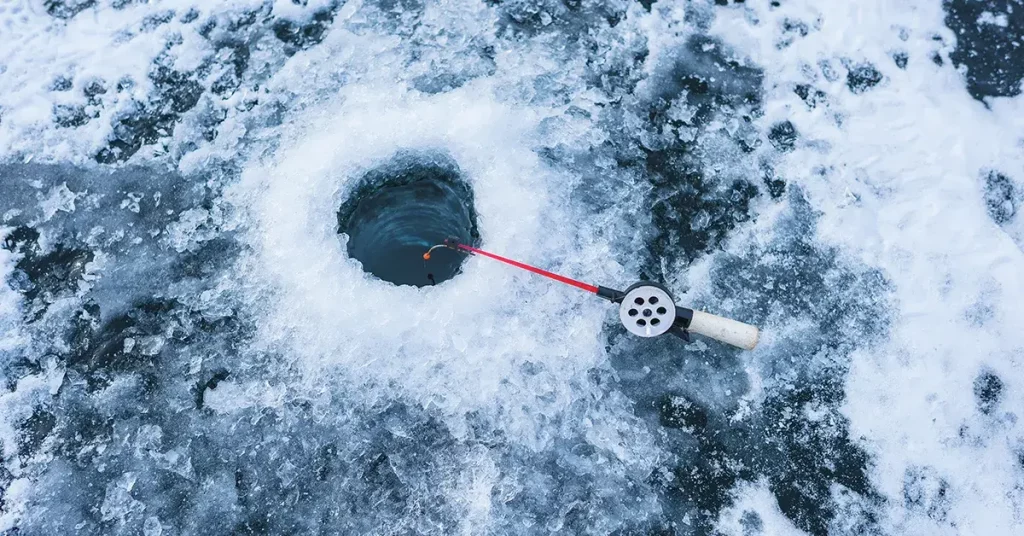When most people think of bait for ice fishing, the first thing that comes to mind is a jig tipped with a minnow or a leech. However, another bait can be just as effective – wax worms.
This article will look at wax worms, how to use wax worms for ice fishing, and some of the benefits they offer. So if you’re looking for something different to try on your next trip out on the ice, wax worms for ice fishing might be the answer!
Can You Use Wax Worms for Ice Fishing?
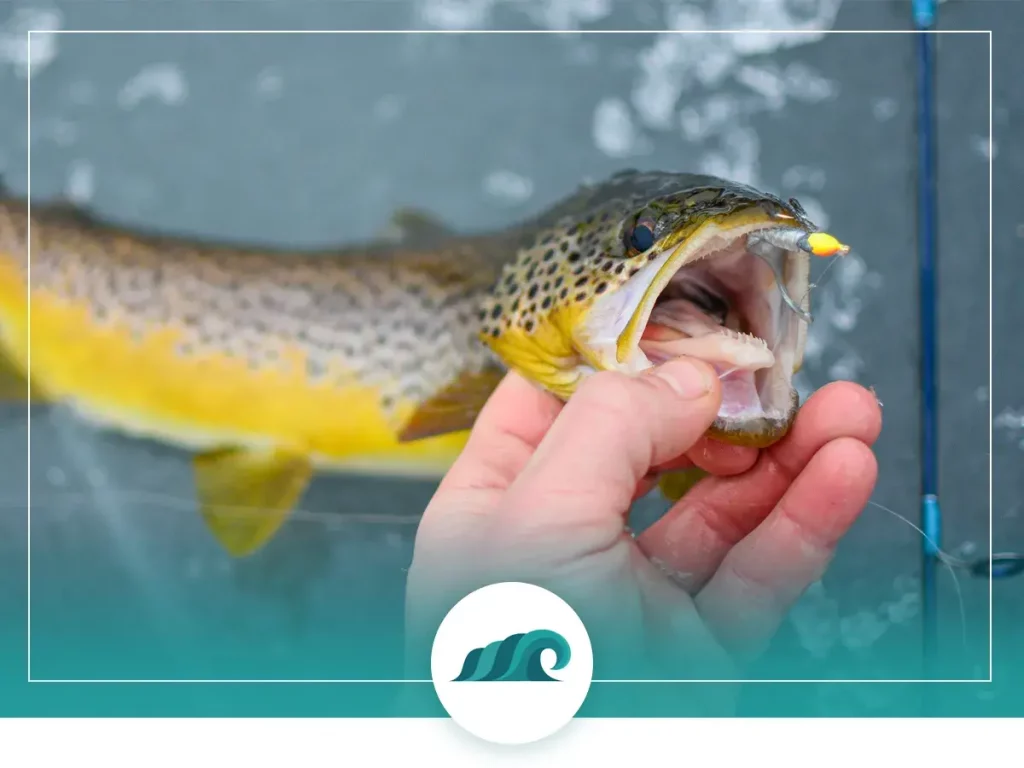
Ice fishing is a popular winter activity in many parts of the country. The challenge of trying to catch fish through a hole in the ice can be intriguing for both experienced anglers and beginners alike.
A critical question many people have when getting started with ice fishing is can you use wax worms for ice fishing or do you need to use a lure? While there are various options, worm ice fishing is prevalent. You can do ice fishing with worms like wax worms.
Wax worms are tiny, grub-like larvae commonly used as bait for small fish. They are easy to find and relatively inexpensive, making them a good choice for those just starting with ice fishing.
In addition, wax worms stay on the hook well and are attractive to various fish species. As a result, they can be a helpful tool for anglers looking to catch fish through the ice.
How Do You Use Wax Worms for Ice Fishing?
Wax worms are reasonably simple bait to use and also an excellent fishing bait. First, you will want to place a hook through the worm’s body. Depending on your preference, you should use a straight or offset hook.
After hooking the worm, you will want to place your hook through the ice, but you don’t want it to go all the way through. A good rule of thumb is to place the hook three-quarters of the way through the ice.
Once the hook is in place, you should put the worm on the hook so that it is facing in the same direction as the hook. Facing the same direction as the hook will keep the worm from spinning, allowing it to sit in place and stay in an ideal position.
Finally, let the worm sit on the hook for about 30 minutes before casting your line. Letting the worm sit will give it time to warm up and get a good scent, making it more attractive and effective as bait.
How Do You Hook a Wax Worm to an Ice Fishing Jig?
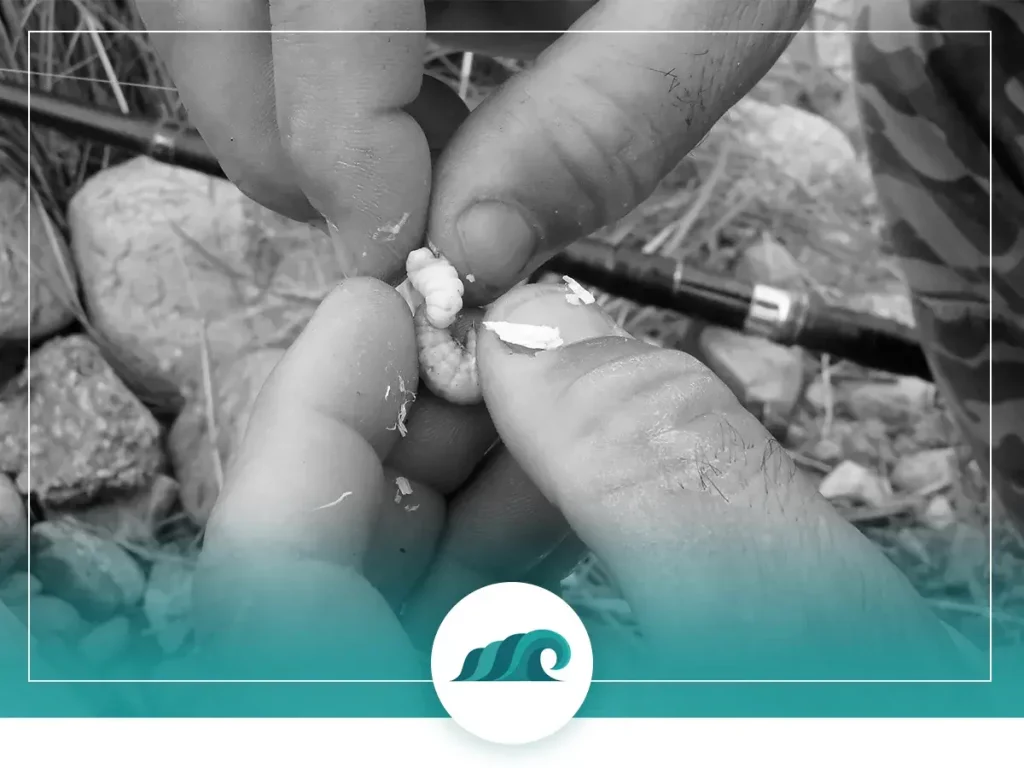
Now that you know you can use wax worms for ice fishing, how do you hook it on a jig? First, you should know that you can use different jigs like horizontal jigs, vertical jigs, and on treble hooks.
To hook a wax worm to an ice fishing jig:
- Start by threading the wax worm onto the hook.
- Push the hook through the center of the wax worm’s body.
- Twist the hook to secure it in place. The wax worm should now be securely hooked to the ice fishing jig and ready for use.
Alternatively, you can insert your hook into the waxworm’s butt and thread through the soft body.
What Can You Catch Using Wax Worms for Ice Fishing?
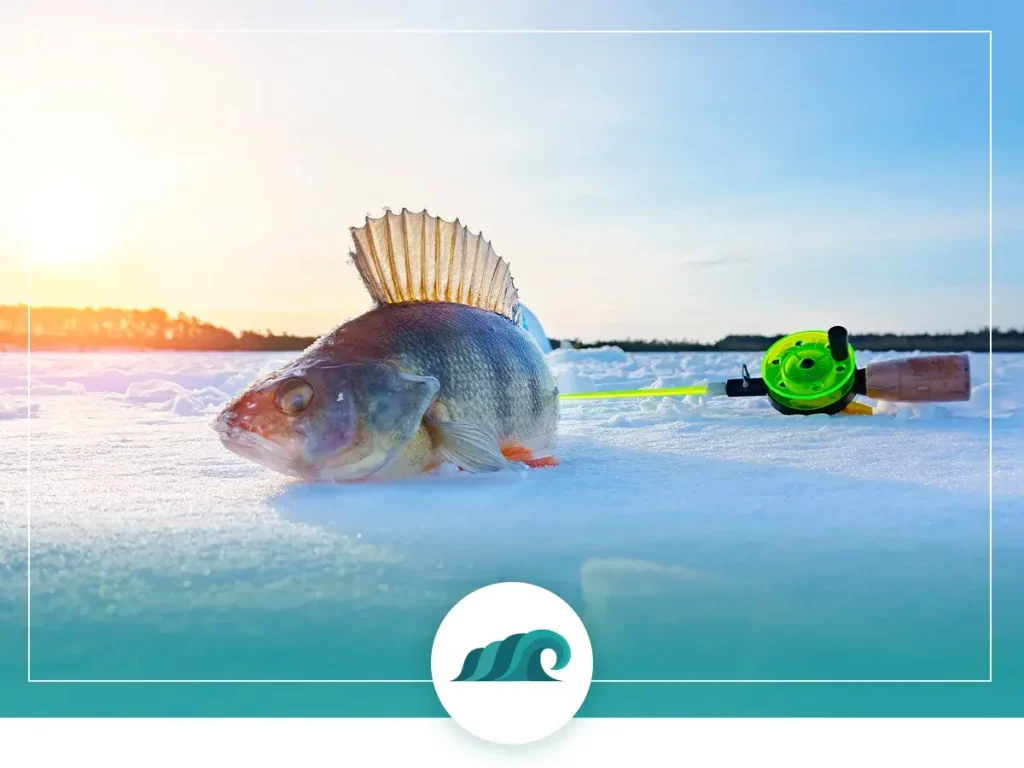
Wax worms are common bait for ice fishing. You can find them in most bait shops along with other live baits such as nightcrawlers and other worms as well as live minnows. They are the larval stage of wax moths and are used to catch a variety of fish, including pan fish, perch, trout, and walleye. Wax worms are easy to find and relatively inexpensive, making them popular among many anglers.
In addition, wax worms are hardy and can withstand cold temperatures well. However, wax worms are not just for ice fishing. You can also use them to catch fish in ponds, lakes, and rivers.
You can use wax worms for ice fishing using various methods, including live bait rigs, jigs, and spoons. No matter your preferred method, wax worms are versatile bait that can help you catch the fish you’re looking for. Using a wax worm on the end of your line is almost a guarantee to catch crappie, largemouth bass and other target species.
How Long Do Wax Worms Stay Good?
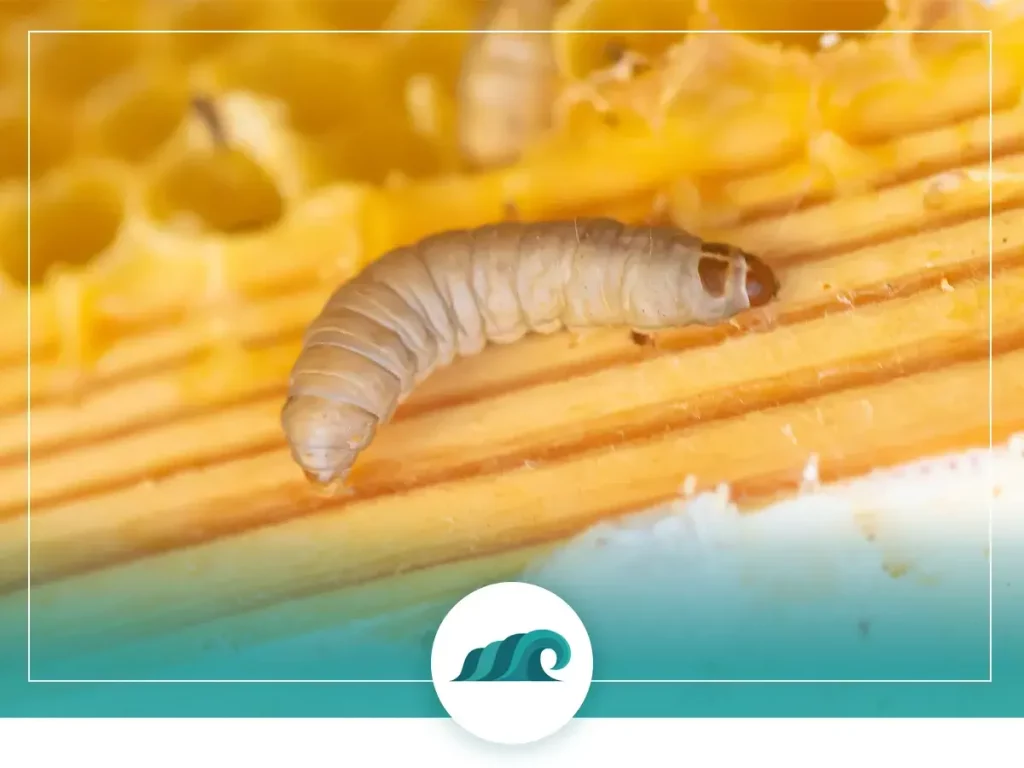
If you’re an avid ice fisherman, you’ve probably considered using wax worms as ice fishing bait. But how long do wax worms stay good? Wax worms get their name from the wax-like cocoons they spin. Female wax worms can lay up to 800 eggs at a time, and the larvae hatch after about two weeks.
Wax worms go through four stages of development before pupating into moths. The entire process takes about six to eight weeks. After that, wax worms can live for up to 21 days.
However, they stop feeding once they reach adulthood. This means that, for ice fishing, wax worms are only good for a brief period. Once they stop feeding, they become less active and are less likely to attract fish. For the best results, use wax worms less than two months old– using dying or dead wax worms isn’t ideal.
Also, wax worms should not be confused with mealworms. Mealworms are the larva of the mealworm beetle. However, you can interchange the word, grub, with the word, wax worm.
How Do You Keep Wax Worms Alive?
For ice fishing, you need to keep your bait alive and healthy, meaning you need to know how to keep wax worms alive. Wax worms are the larvae of the Greater Wax Moth.
The Greater Wax Moth is a pest that eats beeswax. Wax worms live in beehives and feed on the wax. When they mature, they spin cocoons and turn into moths.
You can find them in beehives or near bee colonies. Using wax worms for ice fishing bait is ideal because they are easy to catch and stay alive in cold weather.
To keep wax worms alive, you must keep them stored properly. You should try to maintain a steady low temperature of between 55 and 60 degrees. The inner part of refrigerators are colder to store; however, a refrigerator door is a bit warmer and will work fine.
Keeping them at a steady low temperature will prolong their shelf life and maintain their latent state.
Wrap Up
Try using wax worms for ice fishing– they make excellent bait and attract fish in a way some baits can’t. When ice fishing with wax worms, make sure you use the correct size jig and hook so that the bait hangs straight down. You can also try rigging them with a small bobber if you target larger fish.


